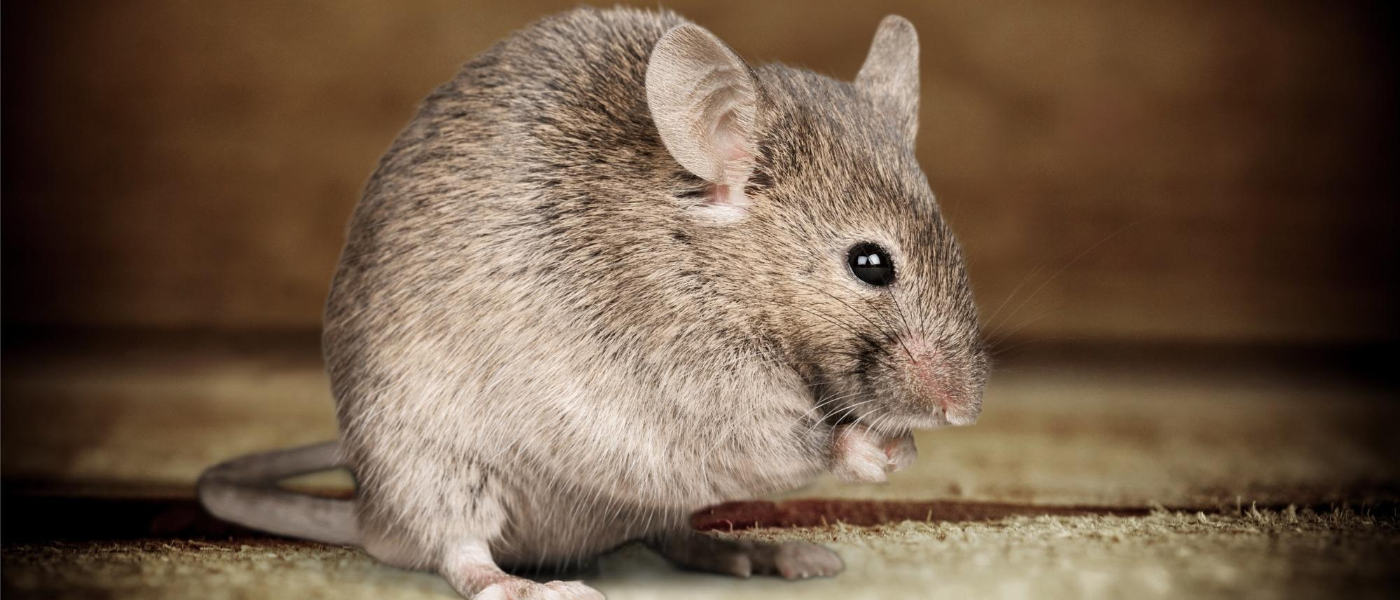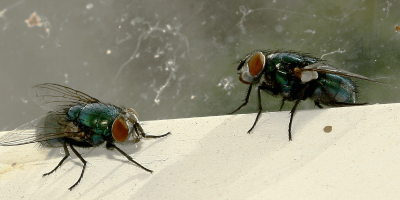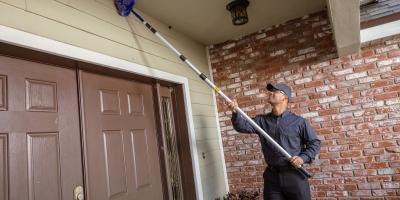Reservation for a Rat or Mouse? How to Identify Unwanted Patrons

When the cat’s away the mice may play, but not with rats—and that’s just one of the many common misconceptions about these petulant pests.
Although most people know that, generally speaking, rats are larger than mice, common knowledge about rodents tends to end there. For that reason, one is often misidentified as the other. This is particularly unfortunate for business owners who are likely to encounter the pests, such as restaurateurs and grocers.
If your business has to contend with four-legged nonpaying “customers” from the order Rodentia, it’s important to educate yourself on their identification and behavior so you can better treat and prevent the critters, and not let them tank your review averages.
Rats vs. Mice -- A Few Key Features
Despite being in the same order and looking quite similar, rats and mice are very different creatures. They have different eating habits, leave different kinds of droppings, build different kinds of nests and make different types of noises.
And yes, cat or no cats, rats and mice adamantly do not play well together. (If you think you saw a mouse with a rat, the “mouse” was more than likely just a juvenile rat.)
The easiest way to tell them apart is visually. Not only are rats typically much larger than mice; they also have coarser fur, smaller ears, and longer tails.
Their behavior can be quite different as well. Mice are quick to take a bite out of new food opportunities, whereas rats are more skeptical, making sure food is “safe” before sampling.
Unfortunately, because both rats and mice like to burrow in walls and under floors, you don’t always get a good look at them. That’s okay, because the sounds they make are just as varied as their habits.
Rats gnaw and scratch. They’re larger animals, and they make bigger noises. Mice do their fair share of scratching as well, but their smaller nails create a higher-pitched sound, as do their squeaky vocal cords.
In part because of their size differences, their nests (and the holes they make to get to them) tend to be larger (for rats) or smaller (for mice). Rats, Norway rats in particular, build burrows in the ground, while roof rats -- though less common in New England -- prefer to build their nests higher up in structures, near ceilings and attics.
Meanwhile, mice will make their homes in just about any cozy spot, primarily outdoors but colder weather will drive them indoors, too. In the wintertime, they prefer basements, attics, and wall voids, but typically are found nesting outside in hollow tree logs, under leaf debris, and in burrows.
Know Thine Enemy
All rodents pose significant health and safety threats, especially in businesses selling packaged or prepared foods. They can spread disease through their droppings, urine, fur and saliva. They chew up structures and infrastructures, such as electrical and network wiring. They contaminate food stores and, worst of all for a business’s reputation, the sight of even one mouse or rat can generate the kinds of reviews that make potential customers go elsewhere.
If you’ve discovered mice or rats in your place of business, not only is it prudent, but in some municipalities you may actually be required to have a professional pest control service come in to take care of the problem.
Regardless of what vermin is plaguing your restaurant, grocery or other business, request a free consultation today.



